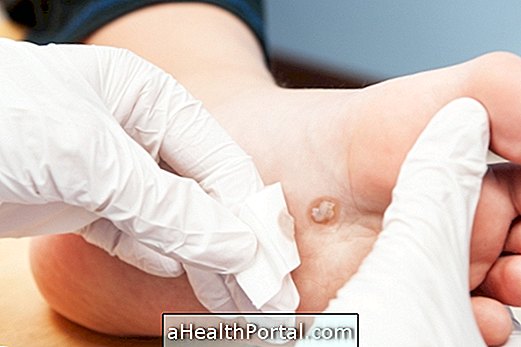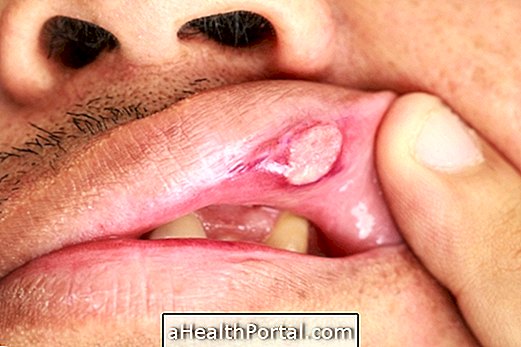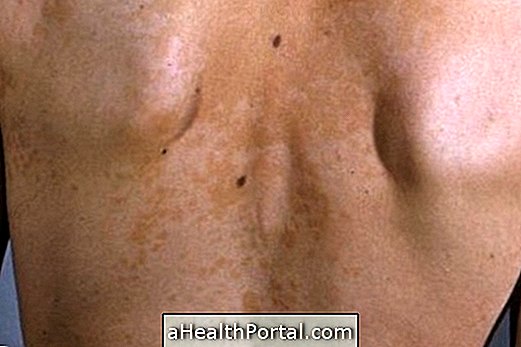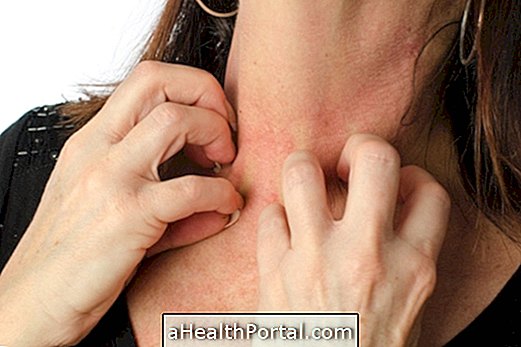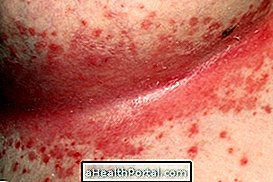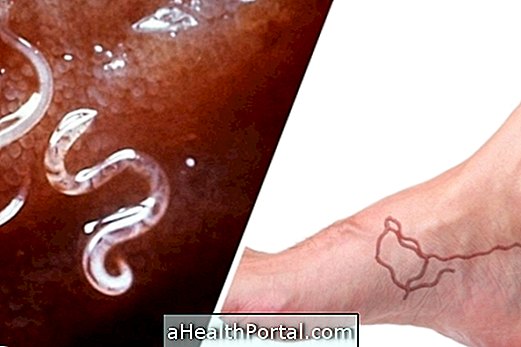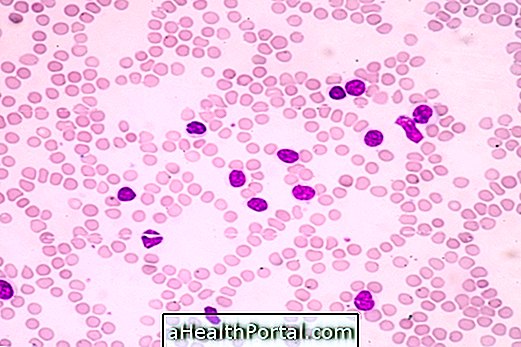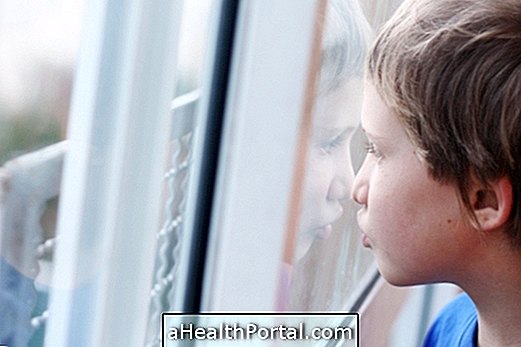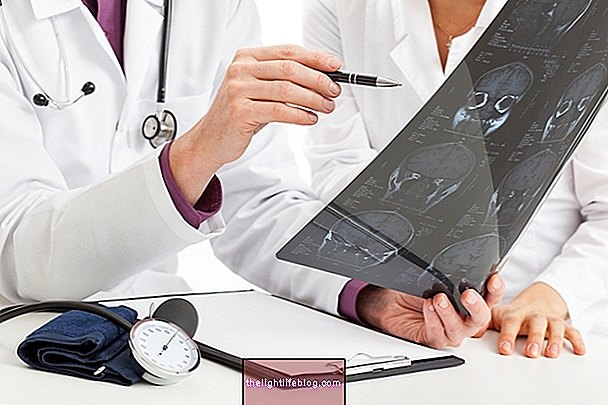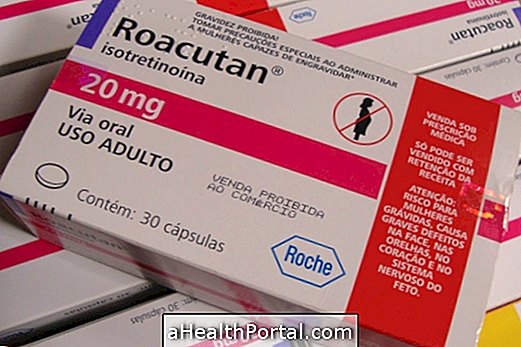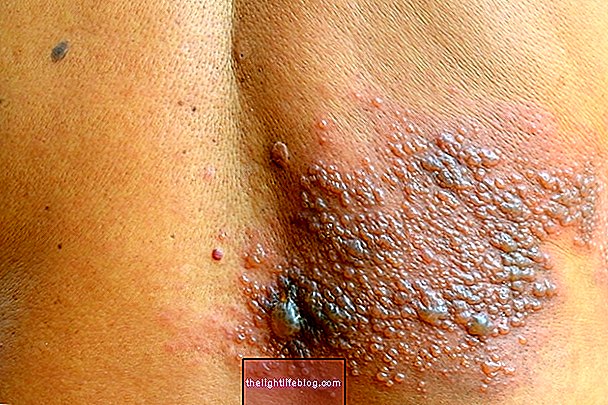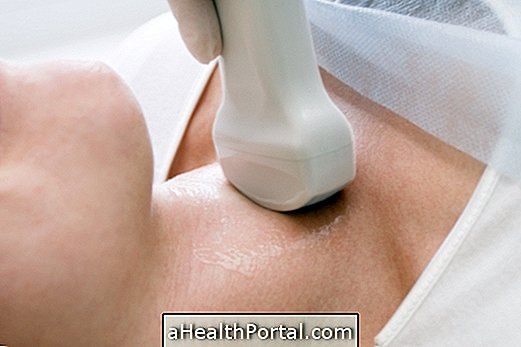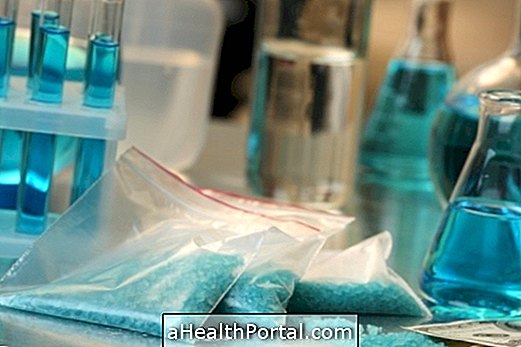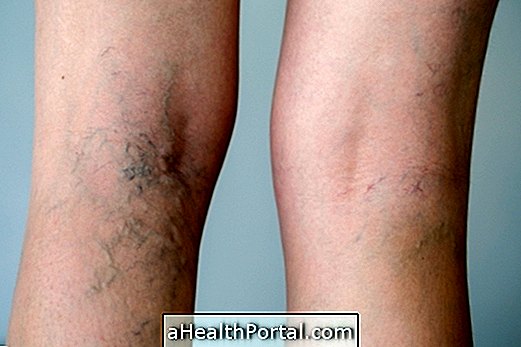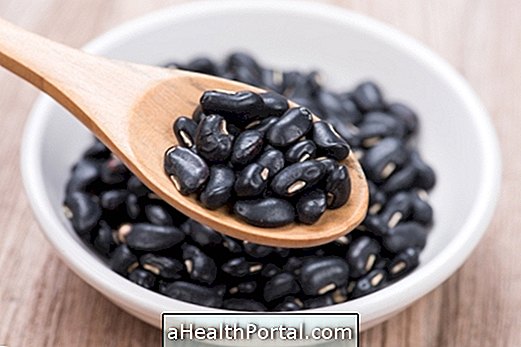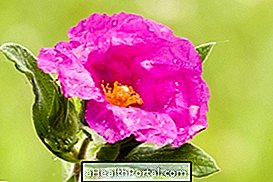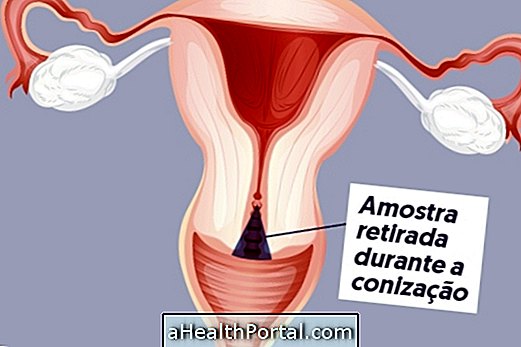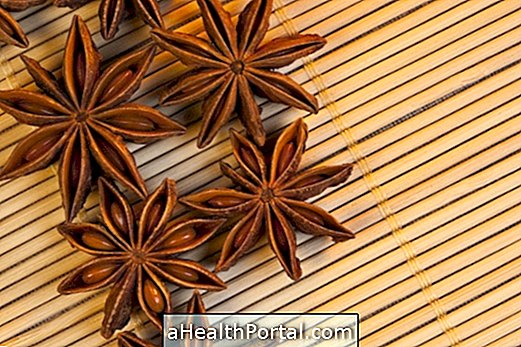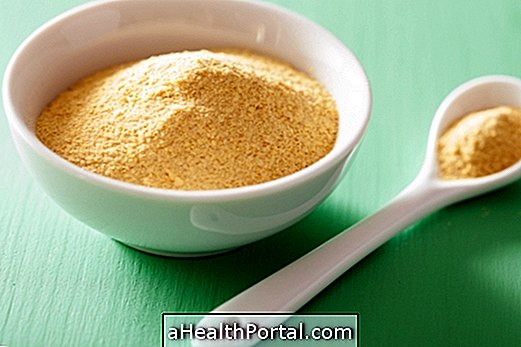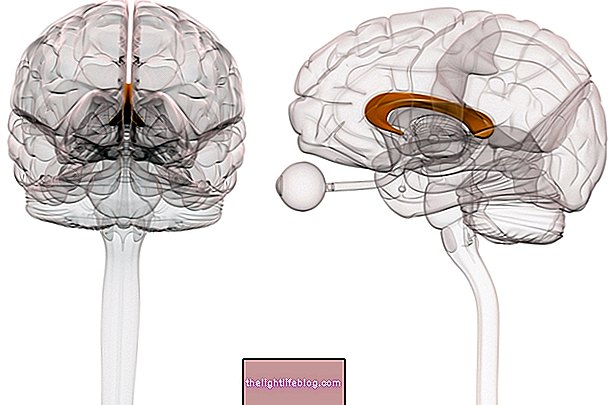Lichenoid pityriasis is a skin dermatosis caused by inflammation of the blood vessels, which leads to the appearance of wounds that mainly strike the trunk and limbs for a few weeks, months or even years. This disease can manifest itself in 2 different forms, and may be its acute form, called lithenoid pityriasis and acute varioliform, or its chronic form, known as chronic lithiasis pityriasis or parapsoriasis in droplets.
This type of inflammation is rare, most common in children around the age of five to 10 years, although it may appear at any age. It is not yet known exactly the reason for its cause, but it seems to be related to changes in the immune system, so its treatment is made with medicines that can help control these changes, such as the use of corticoids, antibiotics and immunomodulators, prescribed by the dermatologist.
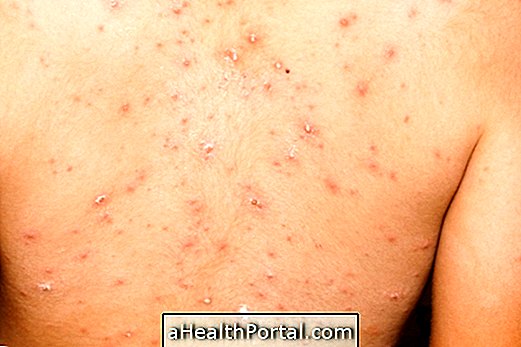
Main symptoms
Pityriasis lichenoides may present in 2 different clinical forms:
1. Pityriasis lichenoides and acute varioliform
Also known as Mucha-Habermann's disease, it is the acute form of the disease, in which small, round, gout-shaped, slightly raised lesions of pink color are formed. These lesions may undergo necrosis, where the cells die, and then form crusts that, upon recovery, may leave small depressed scars or white patches.
These lesions usually last for about 6 to 8 weeks, and can take months, and as this disease occurs in outbreaks, it is common for lesions to occur at different stages at the same time on the skin. In addition, it is common for this acute disease to appear accompanied by symptoms such as fever, tiredness, body aches and the appearance of enlarged lymph nodes.
2. Pityriasis lichenoides chronica
It is also called chronic drops parapsoriasis, and also causes small lesions of pink, brown or reddish coloration on the skin. However, they do not evolve to the formation of necrosis and scabs, but they may flake off.
Each lesion of this acne can stay active for weeks, regressing over time, and usually does not leave scars. However new injuries can arise, in a process that can last for several months to years.
How is the treatment done?
Lichenoid pythiasis has no cure, however, dermatologist-led treatment is able to control disease well, and includes the use of:
- Antibiotics such as Tetracycline and Erythromycin;
- Corticosteroids, in ointment or tablets, such as Prednisone, to regulate immunity and control the lesions;
- Phototherapy, through the exposure of UV rays, in a controlled manner.
More potent drugs, such as immunomodulators or chemotherapeutics, such as Metrotexate, may be used in some cases where there is no improvement with the initial treatment.
What causes lithenoid pythiasis
The exact cause of this disease is unknown, but it is known to be associated with impairment of the person's immune system, so it is not contagious. This inflammatory reaction can be triggered after some type of infection, stress, or use of some medication, for example.
Pityriasis lichenoides occurs through a benign inflammatory process; however, in some rare cases there is the possibility of malignant transformation and cancer formation, so it is important that the dermatologist regularly follow the evolution of the lesions, in consultations scheduled periodically by him.
